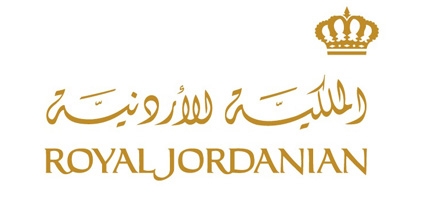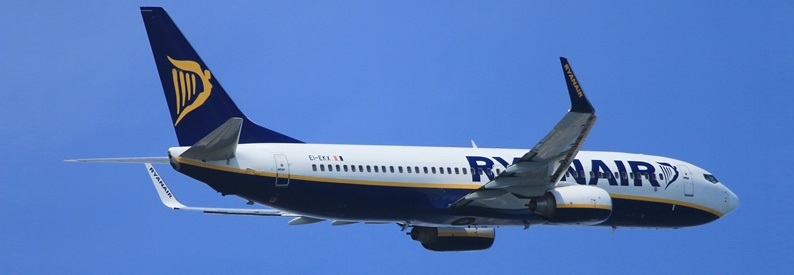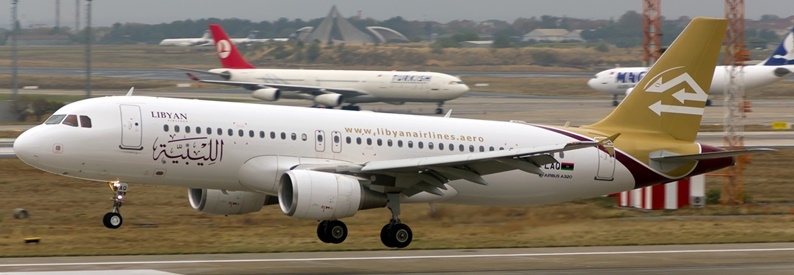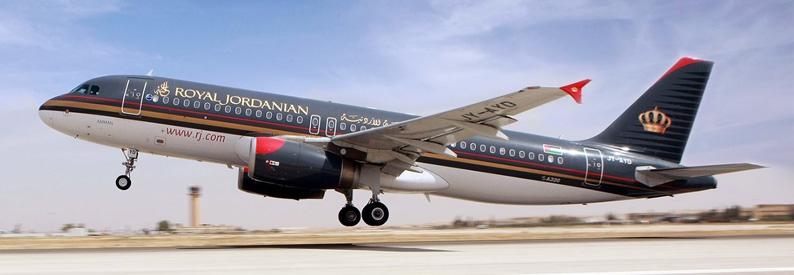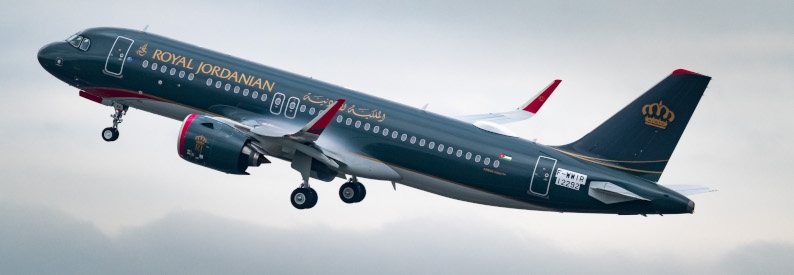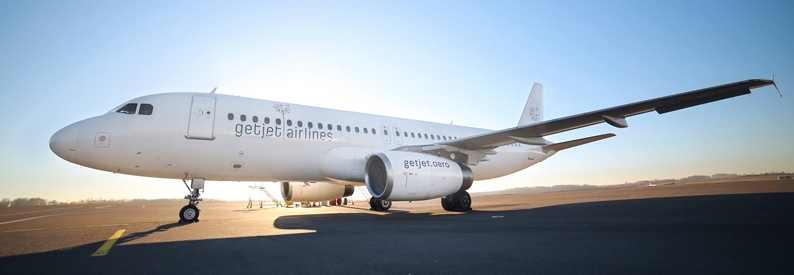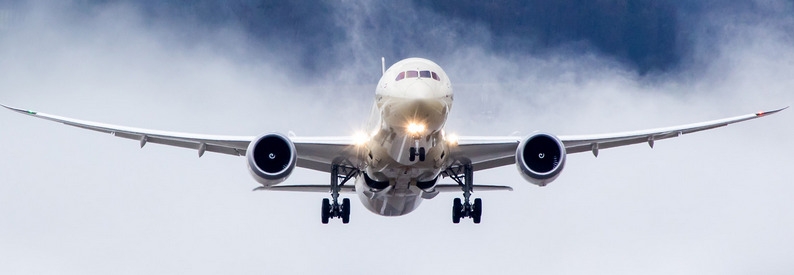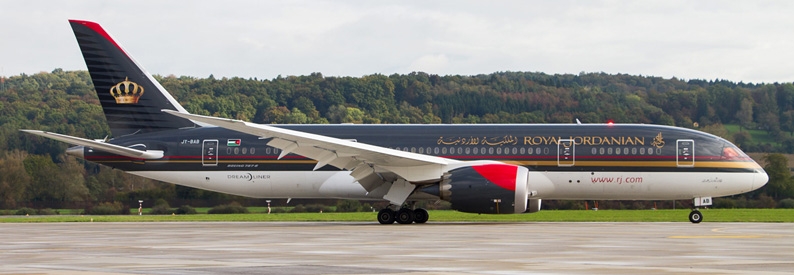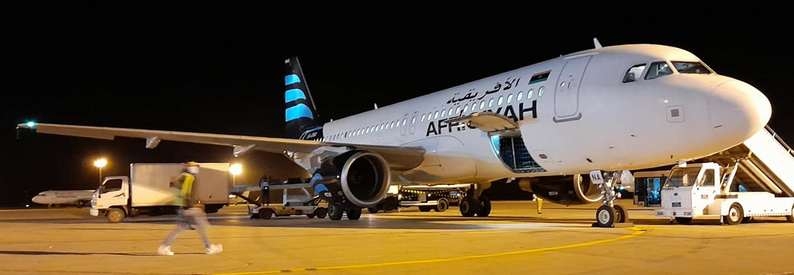Royal Jordanian (RJ, Amman Queen Alia) will need JOD200 million dinars (USD282 million) in state funding during 2022 or it risks collapse, its chief executive warned in separate interviews last week as it struggles to replace revenue lost during the pandemic and prepares to update its fleet.
The carrier has appealed for an initial injection of JOD100 million (USD141 million) to see it through the first half of the year, plus a similar amount later on, CEO Samer Majali told Bloomberg News on December 24. He had told Reuters two days previously that “every single airline got assistance from their governments except us” but did not mention a specific required sum.
The Jordanian government, its largest shareholder, finalised in summer 2021 the disbursement of the second half of a JOD50 million (USD70.6 million) injection - but this aid was first announced in 2018, long before the pandemic. The initial JOD25 million (USD35.3 million) was provided in late 2020.
Royal Jordanian understands the limited state resources that are available, Majali told Bloomberg, but the airline must remain competitive. The amount he quoted would “help us bring back our network and expand and renew our fleet. It’s less than we lost but it will be enough.”
The airline is nearing a decision on renewing its regional and narrowbody jets with an announcement likely in January, he said. Majali had told ch-aviation in early October that it would issue a Request for Proposals for 30 such jets and finalise its choice by the end of January.
The tender will be a choice, he reiterated, between the A320neo Family and the B737 MAX on the narrowbody front and between A220s and E2s on the regional one. The carrier currently operates older A320s and Embraers on shorter routes, the ch-aviation Commercial Aviation Aircraft Data module shows. It will at some point take delivery of two outstanding B787-8 widebodies, but this will be addressed later, Majai confirmed.
It will be Royal Jordanian’s first major fleet overhaul in a decade. Of the 30, 17 will replace older aircraft and 13 will be for growth. As they are delivered, the number of destinations will rise over five years from 35 to 60, starting with regional ones and extending to medium and long-haul.
Majali, who returned to his role in April 2021 after a 12-year hiatus, was starker in his interview with Reuters, telling the news agency that “the government has been reluctant to provide assistance because of the huge burden on the budget. Half-baked and temporary patchwork solutions will not work. Either there is a serious investment in RJ or the airline has no chance of survival. [...] A decision has to be taken soon.”
The company is burdened by a JOD250 million (USD353 million) debt pile, he said, 70% of which stemmed from the pandemic-related grounding of its fleet in 2020. It pays around JOD70 million (USD99 million) a year to the state in taxes, fees, and concessions, he further divulged.
In related news, Abed Al Razzaq Arabiyat, managing director of the Jordan Tourism Board, told the Jordanian public broadcaster Al-Mamlaka that the government was subsidising Royal Jordanian's domestic route between Amman Queen Alia and Aqaba, Jordan's only coastal resort, allocating JOD500,000 (USD705,000) for the purpose. He also indicated that “a sum of money has been allocated for next year, in addition to a project to support Royal Jordanian that will soon be submitted to the Ministry of Finance and the board of directors of the [tourism] authority to support the sale of tickets.”
- Type
- Base
- Aircraft
- Destinations
- Routes
- Daily Flights
